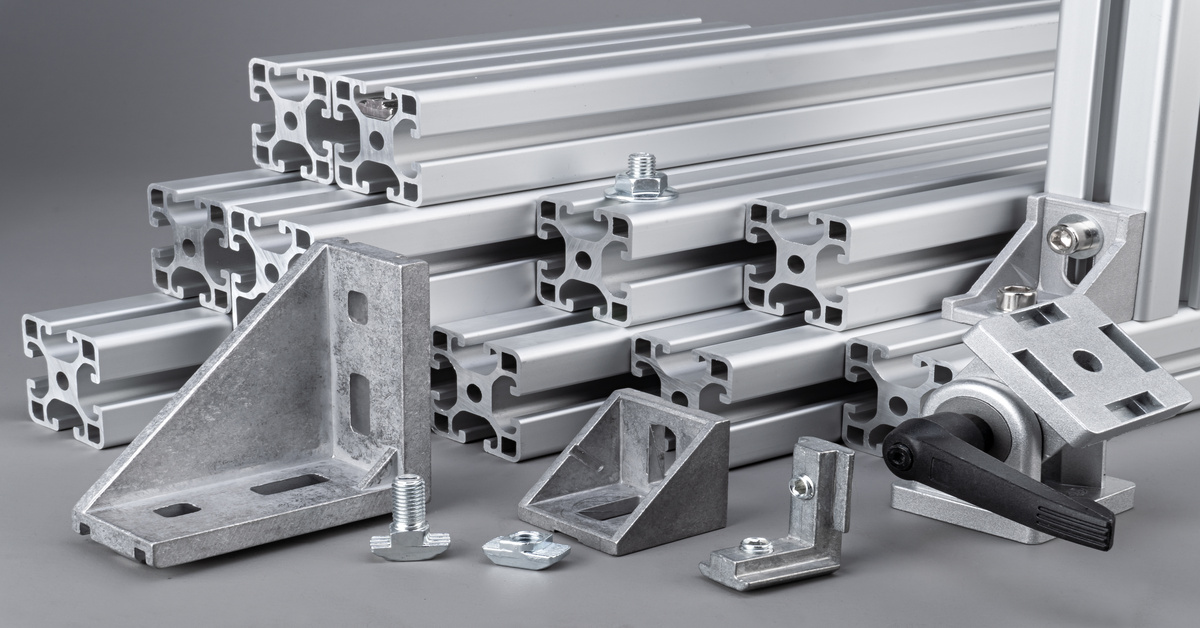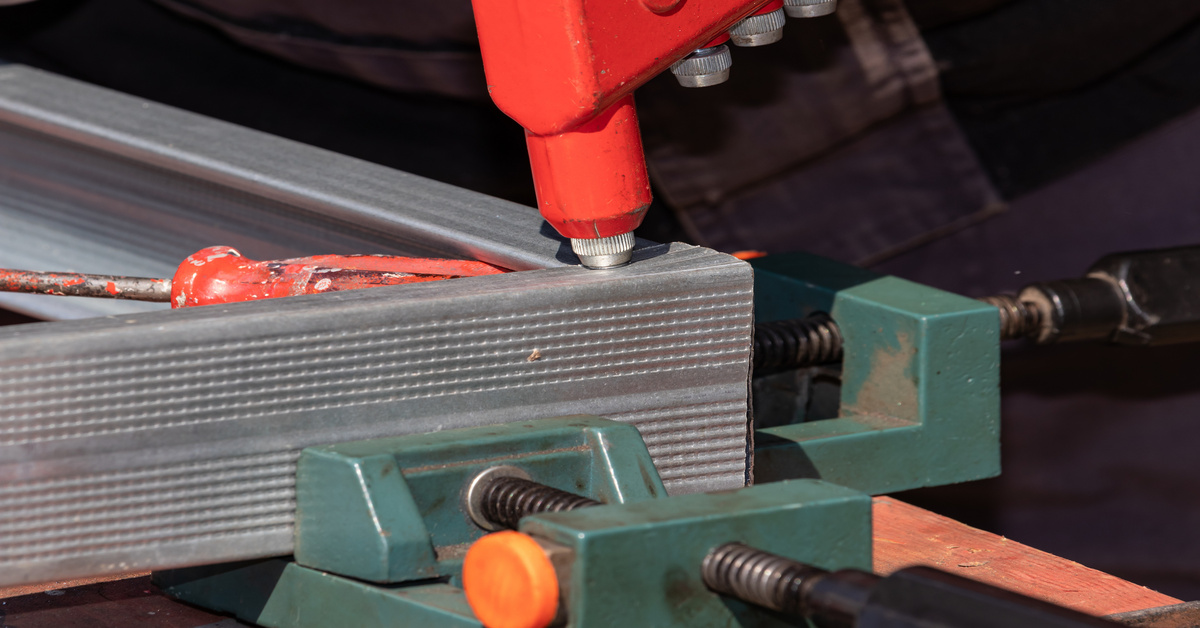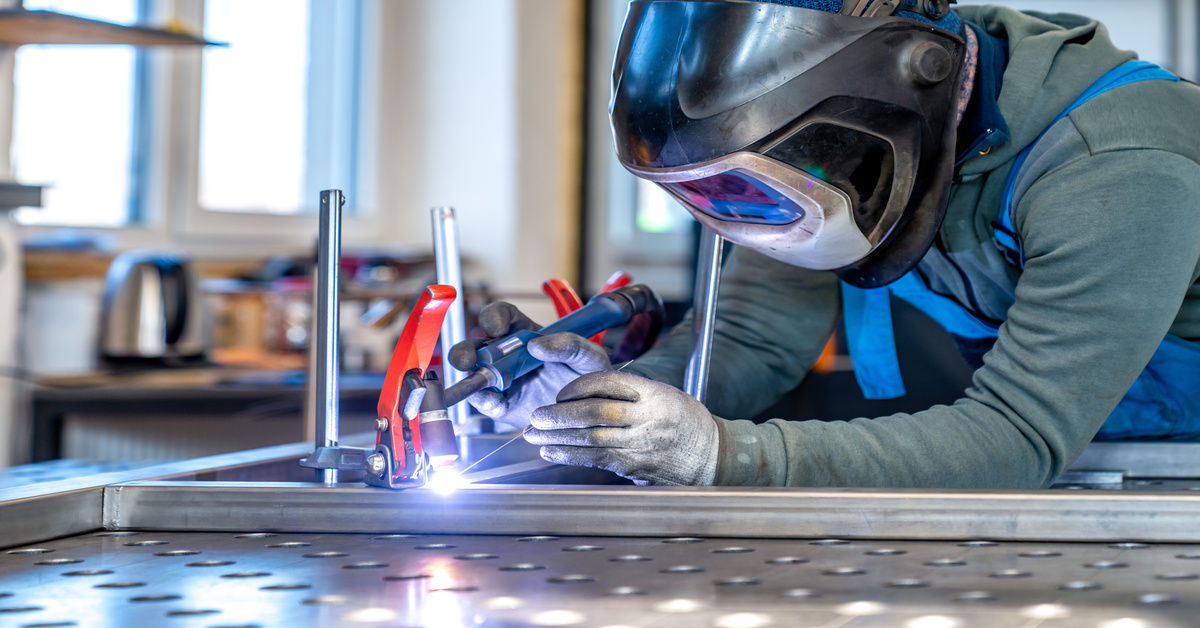
From building automotive frames to designing industrial machinery, the effectiveness of aluminum profiles impacts the strength, durability, and efficiency of the final product. But finding the right method can be daunting, especially with various options available, each suited to specific applications.
There are numerous effective ways to join aluminum profiles for various applications, but which one works best for your specific facility? You need the right kind of aluminum profile, and understanding the different ways to join them is the best way to find the right solution for your needs.
Aluminum is a lightweight, corrosion-resistant, and versatile material, making it a preferred choice in industries such as automotive, aerospace, and construction. However, its relatively low melting point, thermal sensitivity, and oxide layer pose challenges when joining it.
Failing to select the right method can result in weak joints, higher defect rates, and costly rework, ultimately impacting production efficiency and return on investment.
Welding is one of the most common methods for joining aluminum profiles, especially in the automotive and aerospace industries. It creates a strong, permanent bond by melting the material at the joint.
There are numerous advantages to welding in multiple industries. This method of joining aluminum profiles creates joints that are exceptionally durable and can withstand significant stress and load, making it an ideal choice for heavy-load applications.
High-pressure environments are where welded aluminum thrives, performing exceedingly well in high-temperature and high-pressure environments. This ensures long-lasting performance under challenging conditions. These benefits make welding indispensable in industries where strength, reliability, and durability are paramount.

Adhesive bonding involves using industrial-grade adhesives to join aluminum surfaces. This is a non-mechanical method often found in the electronics and construction industries.
This form of joining aluminum works well with materials that are different from each other. It produces smooth, clean joints without heat damage to the aluminum. If an industry needs aluminum for thin or delicate profiles, then adhesive bonding might be the best option.
With adhesive bonding, you can ensure the surface is properly cleaned and treated to remove oxide layers before applying adhesives. Epoxies and polyurethanes are also popular for aluminum bonding.
Mechanical fastening methods, such as bolts, nuts, and rivets, offer a simple yet effective way to join aluminum profiles, particularly for modular designs. This method is a great option for users who need to reverse the process for repairs or adjustments.
Since this application involves no heat, the aluminum is less likely to warp during the process. It is also cost-effective for mass production. Mechanical fastening is also common in the aerospace, automotive, and construction industries.
Friction stir welding (FSW) is an innovative method in which a rotating tool generates frictional heat, softening the aluminum for the joining process. Commonly used in aerospace and shipbuilding, this method maintains material integrity while creating strong joints.
Aluminum that undergoes this process is less likely to have distortions or defects, and if they do occur, they are minimal. The process of joining aluminum is also energy-efficient and environmentally friendly. Unlike traditional welding methods, FSW does not require additional filler materials or shielding gases, reducing waste and emissions.
Despite the numerous benefits of friction stir welding, it has a notable drawback. The specialized equipment required for the process can represent a significant upfront cost, making it less accessible for smaller operations with tighter budgets.

Brazing joins aluminum profiles by melting a filler metal into the joint without melting the base material. This method is often employed in HVAC and heat exchanger manufacturing. These uses require aluminum to have strong, leak-proof joints that can handle fluids, making brazing the perfect option for this equipment.
A key advantage of brazing is its ability to handle complex shapes and thin walls, which is usually a challenge for other joining methods. This precision makes it an ideal choice for intricate designs and lightweight components, both of which are crucial for industries seeking to achieve material efficiency and performance.
Thorough preparation is a crucial part of the brazing process. Cleaning the aluminum is necessary to remove oxides and surface contaminants that could cause impurities during the bonding process. With proper preparation, the brazing process can significantly improve the reliability and longevity of the joints.
Snap-fit designs utilize mechanical interlocking features integrated into the aluminum profiles to join parts together securely. This method is popular for modular and lightweight products.
Without the need for tools, this method is a quick and easily reversible option for businesses to use. It can also reduce the need for additional components, such as fasteners or adhesives, which can complicate the process. This joining method is best suited for aluminum used in low-mechanical-stress applications.
Hybrid methods combine two or more techniques, such as adhesive bonding with mechanical fasteners or welding with rivets. This redundancy improves the overall strength of joints.
Due to their robust nature, hybrid joining methods are especially ideal for use in critical systems within heavy machinery, automotive assembly, and aerospace engineering. For example, in the automotive industry, these methods can ensure structural integrity in key components while maintaining lightweight designs.
You need the right method for your project. With each option, consider what work the aluminum needs to do.
Heavy load and stress requirements necessitate joining methods that can withstand the pressure; therefore, it is essential to evaluate the mechanical strength required for the joint before selecting a specific process. It’s also vital to consider the temperature at which the aluminum will be used. This information will help you determine the best joining options that will work with your facility and needs.
Selecting the appropriate way to join aluminum profiles is more than a technical decision; it’s a strategic one. It impacts your production efficiency, product quality, and compliance, which are vital for achieving a competitive edge in the manufacturing industry.
If you’re looking for the right aluminum profile for your next project, come to A-line Automation. We provide custom aluminum fabrication to meet your business’s specific needs. With our experts, you can find the right joining method that can withstand any situation. If you’re looking to optimize your aluminum profile, contact us today.